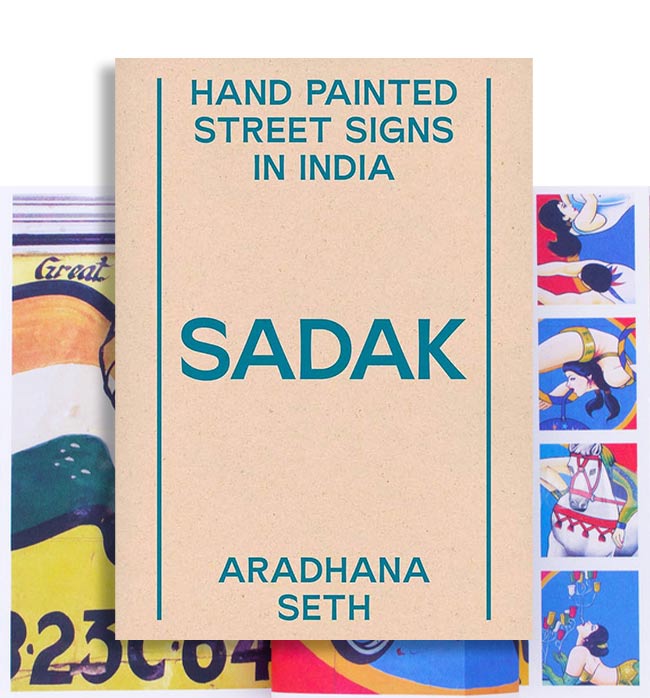
Sadak seeks to capture and examine the beauty of Indian street art
For those of us who grew up in the early ‘90s or before that, hand painted street signs and shop hoardings were a common sight. Surely, one of our earliest memories, or rather the very idea of a local ‘aesthetic’, emerged from these places.
However, thanks to modernisation and the ease with which billboards and signs can be created and printed out, hand painted boards and ads are a dying breed. That is exactly what Sadak: Hand Painted Street Signs in India, seeks to archive and keep alive.
Curated by film production designer Aradhana Seth, Sadak comprises photographs clicked by her over the course of twenty years. Exploring the development of street art in post-independence India before the advent of organised murals and citywide initiatives, the book seeks to centre the growth of this art form.
This organic growth has slightly been stunted by the arrival of digital media, but if you are to visit or live in a smaller town, you will see that this art style still exists. The aim for the book, as underlined by Seth herself, is not to ‘romanticise and lament the loss of a time gone by, but attempts to examine the grittiness of early Indian street art’.
While ads and hoardings have gone the way of movie posters, owing to an entirely mechanised process of creation, vestiges of the artworks that are seen in Sadak are still visible if you look closely enough. While smaller towns and villages will have it, the most popular current ambassador of this unique art are transport trucks with their unique hand painted decals. The art lives on.